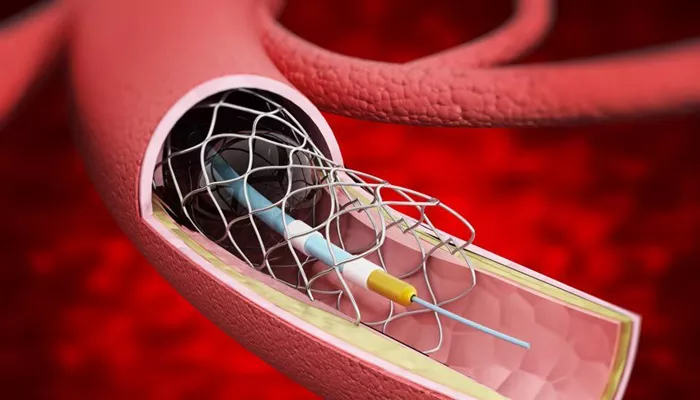A drug-eluting coronary implant proved comparable to a drug-eluting stent (DES) for target lesion failure at one year.
The bioadaptor implant was associated with fewer target lesion failure events after six months.
A new drug-eluting coronary implant, the DynamX bioadaptor scaffold from Elixir Medical, has shown performance on par with a drug-eluting stent (DES) for target lesion failure at one year. Additionally, it demonstrated a reduction in event rates compared to the DES after six months.
The DynamX bioadaptor, which received breakthrough device designation from the FDA in June, is not yet approved for commercial use in the U.S. Its performance was evaluated in the INFINITY-SWEDEHEART trial, presented at the European Society of Cardiology Congress. The study involved 2,400 patients with coronary artery disease (CAD), with an average age of 68 and 24% women.
Participants were randomly assigned to undergo percutaneous coronary intervention (PCI) with either the bioadaptor or a contemporary DES (Resolute Onyx, Medtronic).
Dr. David Erlinge, MD, PhD, head of cardiology at Skåne University Hospital in Lund, Sweden, who presented the study findings, described the DynamX bioadaptor as a significant advancement. “This system introduces a novel mechanism that restores the vessel’s natural function after PCI. It operates through three phases: the initial phase maximizes blood flow, the second phase allows the vessel to move naturally while maintaining flow, and the final phase provides dynamic support to restore vessel function,” Erlinge explained.
The primary endpoint of the trial was to determine noninferiority for target lesion failure, which includes cardiovascular death, target-vessel myocardial infarction, or ischemia-driven target lesion revascularization. The bioadaptor met this endpoint with a rate of 2.35% compared to 2.77% for the DES, a difference of –0.41 percentage points (95% CI, –1.94 to 1.11; P for noninferiority < .001).
In a landmark analysis, the researchers observed that event rates began to diverge after six months. Between six months and one year, the bioadaptor group had fewer target lesion failure events (0.2% vs. 1.3%; log-rank P = .003) and target vessel failure events (0.6% vs. 1.8%; log-rank P = .008).
“The bioadaptor has the potential to significantly reduce the risk of adverse events after PCI,” Erlinge noted. “This technology could set a new standard in CAD treatment, impacting the lifetime management of millions of patients undergoing PCI each year.”


